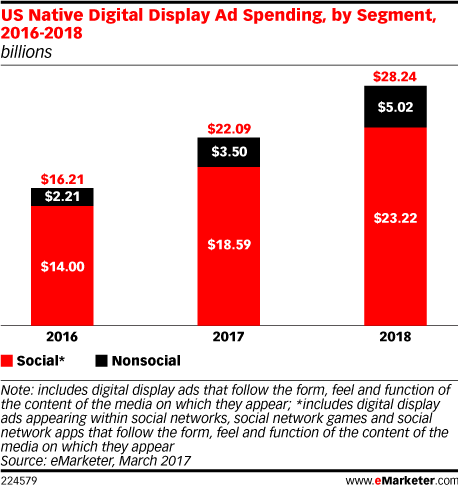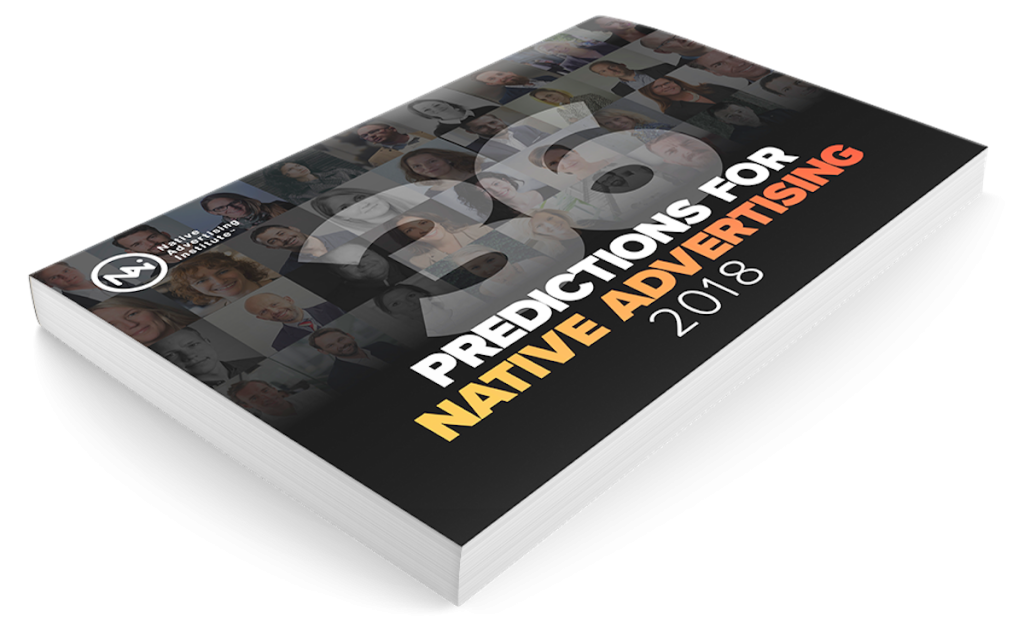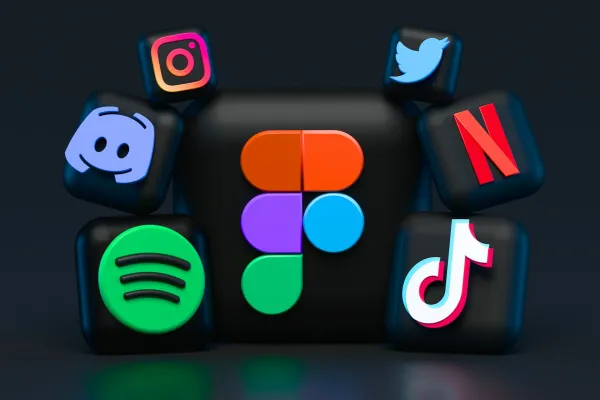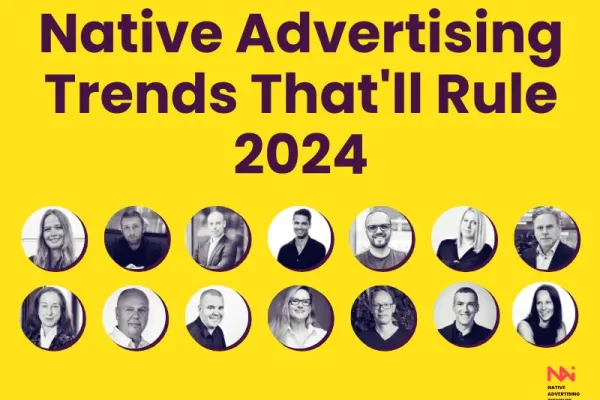
By Maggie Clapperton
Freelance Content Writer and Strategist
Barcelona, Spain
Connect
It’s a digital-first, cross-device world, and native advertising is one of the many ways digital marketers are attempting to keep up with consumer behaviour online. Here are 10 research-backed reasons to use native advertising for your next digital campaign:
1. Higher CTRs
Due to their in-feed placement and adaptable design, native ads often see up to 5-8x higher CTRs than banner ads. Native ads especially shine on mobile devices and tablets where people are spending an ever-increasing amount of time.
RELATED: 5 Things Marketing Managers Need to Consider When Doing Native Advertising in 2018
The average US adult currently spends approximately 86 hours a month glued to their phone and bounces between multiple screens while consuming content and making purchases. Estimates predict that native ads will account for 63% of mobile display ad revenue by 2020.
2. Cost Efficient
Higher click-through rates ultimately lead to lower costs per click and cost per customer acquisition. According to Co-Founder and COO at Stackadapt, Vitaly Pecherskiy, “With conversion rate held equal, the cost-per-action, whether it’s getting the user to spend time on the content or to complete a form, will be lower.”
3. Results at Scale
According to AdWeek 46% of brands “are not sure that they feel the impact of their social media efforts.” And with Facebook’s new algorithm deprioritizing posts from businesses, brands, and media, companies are going to have to seek out alternative ways of standing out. Enter native advertising.
RELATED: How Brands Can Succeed with Content on Social Media
Demand Side Platforms empower brands to serve native, video, and display ads across thousands of publisher sites, from big names like the New York Times and CNN to niche, contextually relevant sites only your specific target demographic has heard of.
4. First-Party Data Intelligence
Another positive side effect of using programmatic native rather than sticking solely to social media platforms is that each campaign can build on the success of the last.
RELATED: Brands Should Demand Ownership of Data
Rather than having data stuck within walled gardens, campaign level data is stored in the platform so you can double down on what works, making each campaign more intelligent than the last.
5. Sophisticated Targeting
Native advertising allows for every kind of targeting imaginable: contextual, demographic, psychographic, location-based, device-based, or intent-based.
For example, if you are a car rental company, you can target airports where people are likely to need your services. 71% of recent survey respondents prefer ads tailored to their interests and shopping habits, meaning that personalized targeting available through programmatic native advertising is key to winning new customers.
6. Easier Attribution
Conversion attribution is far easier with native advertising than with any other form of programmatic ads. As Pecherskiy points out, “attribution is made a lot easier with native because conversions are usually (and are recommended to be) measured only after the click.”
Essentially, native advertising’s focus on the post-click experience where conversions are concrete on-page actions like sign-ups, form fills, or purchases make attribution easily trackable.
7. Non-Disruptive
70% of consumers say they would rather learn about a brand via content than traditional advertising. Unlike traditional pop-ups, native ads act as an extension of the browsing experience.
RELATED: Thinking Like a Journalist Will Make You Awesome at Native Advertising
By fitting the form and function of a given webpage, native advertising fits seamlessly into the browsing behaviour of the average web user, making them more likely to take interest in your content and ultimately, convert.
8. High Engagement
On average, consumers who click on native advertisements spend as much time reading the click-through content as they would on the average publisher site. Of course, this is highly dependent on the quality of the content to begin with.
9. Industry-Wide Adoption
Programmatic native advertising is a multi-billion dollar industry. And though social media still makes up the majority of that spend, social numbers are dropping in favour of non-social publisher sites: “We’re seeing a huge ramp-up in non-social publishers adopting in-feed ads and video,” says Lauren Fisher of eMarketer, “Coupled with continued advances on the programmatic native front, this will accelerate non-social native display spending.”

10. Increased Brand Loyalty
Native advertising presents a unique opportunity to share your brand story. The combination of imagery, headline, and description allows advertisers to succinctly state their message, represent their target demographic, and even give extra information on the benefits, values, and story behind the product or service. Beyond the ad, the click-through content presents the opportunity to push the message even further.
This article was originally published on StackAdapt.com and is reprinted here with permission.





